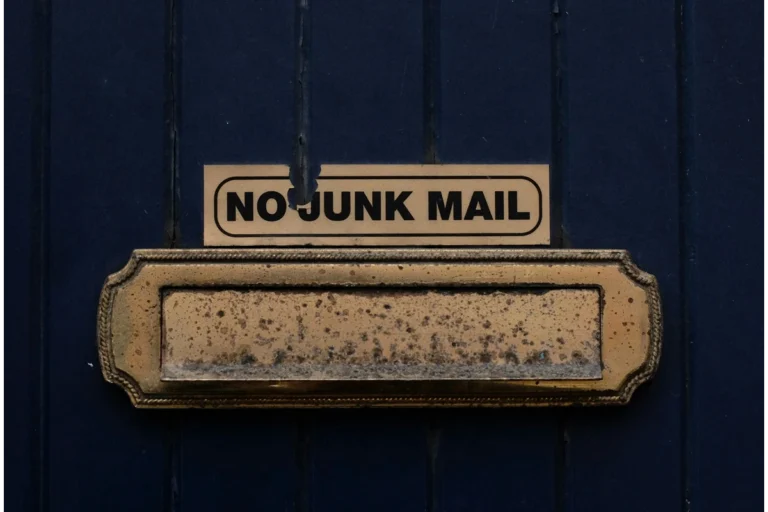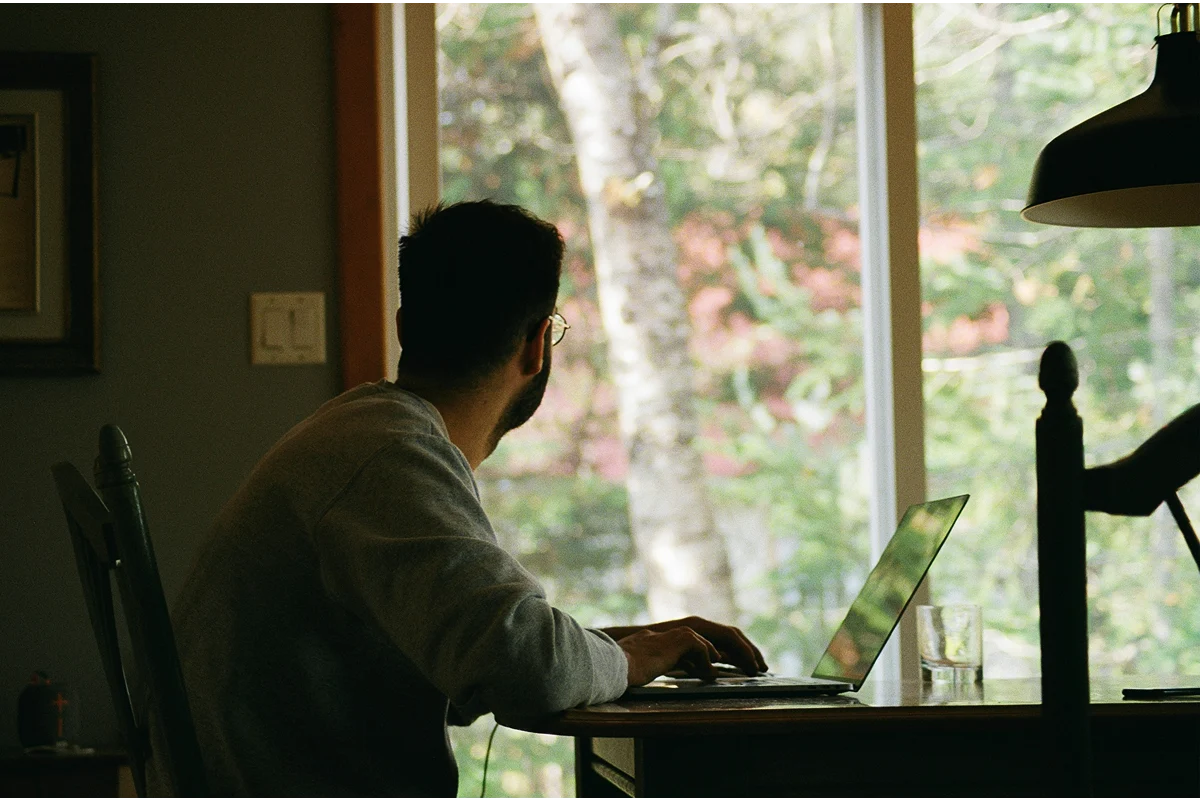Ready to Reclaim Your Inbox?
Does your inbox feel like a bottomless pit overflowing with newsletters, promotions, and notifications? You’re not alone. For early career professionals and digital workers, email clutter can create a constant drag on focus and productivity.
If you’ve already experimented with digital well-being habits, you know the power of small wins. Now you’re ready for a bigger victory: a clear, calm inbox that serves you, not the other way around. Today, we’ll walk through a 15-minute unsubscribe sprint: a simple, powerful routine to cut down email clutter and jumpstart your inbox zero routine.
This isn’t about guilt or perfection. It’s about progress, control, and reclaiming mental and digital space.
Why Email Clutter Weighs You Down
Every unwanted message is more than just digital noise; it’s a subtle imposition on your attention. Over time, these small intrusions add up, creating what researchers call “cognitive intrusions” that interrupt focus and increase stress (Schmitt et al., 2021). Excessive digital demands are also linked to anxiety, declining sleep quality, and impaired performance (Yaakoubi et al., 2024). For ambitious professionals, that translates into more mental clutter, less deep work, and rising fatigue.
The good news? Because you fall into the “Ready” quadrant (highly motivated, confident to change), you’re in the perfect position to take action. Behavioral psychology shows that even small everyday goals can enhance a sense of control and boost well-being (Feng et al., 2025). That’s exactly what this sprint is designed to deliver.
The 15-Minute Unsubscribe Sprint: Step-by-Step
This timed sprint follows SMART goal principles: Specific, Measurable, Attainable, Relevant & Time-bound so you can see results right away.
What you’ll need:
- Your email inbox (desktop view works best).
- A timer: phone or browser, just don’t get distracted!
Step 1. Set Your Timer (1 Minute)
Commit to 15 minutes. Setting a time frame sharpens focus and creates urgency.
Step 2. Spot the Obvious Offenders (5 Minutes)
Quickly scan for mass emails, newsletters, and promotions you never open. Don’t read, just identify.
Step 3. Unsubscribe Aggressively (8 Minutes)
- Open one clutter email.
- Scroll down and click the unsubscribe link.
- Select the fastest option (“Too many emails,” “Not interested”).
- Return to your inbox and repeat.
- Prioritize bulk senders for maximum impact.
Step 4. Delete the Evidence (1 Minute)
Once unsubscribed, delete the email. You’re clearing past and future clutter at the same time. Pro Tip for the “Ready”: if you finish early, start a new 5-minute round. More unsubscribes = more relief.
Beyond the Sprint: Building Your Inbox Zero Routine
Congrats! You’ve taken a big step toward digital clarity. But true inbox zero is an ongoing practice. Here’s how to sustain it:
- Mini-Sprints Weekly: Spend 5 minutes each Friday catching new subscriptions.
- Smart Filters: Automate low-priority emails into folders. Keep your primary inbox for essentials only.
- Positive Self-Talk: Reinforce wins. Replace “I’ll deal with it later” with “I’m in control of my inbox.” This shift supports long-term habit change (Yıldız Erzincanli & Geçikli, 2024).
Ready to Level Up Your Digital Declutter?
Your “achievement-oriented” mindset thrives on clear results. Here are next steps:
- Apply the same method to phone notifications. Those tiny attention grabbers don’t stand a chance.
- Explore our ChatBot for personalized encouragement and tailored digital well-being strategies.
Key Takeaways
- Email clutter creates mental noise and reduces productivity.
- A 15-minute unsubscribe sprint delivers immediate progress.
- Using SMART goals makes digital habit changes sustainable.
- Maintaining inbox zero requires small, ongoing habits and smart tools.
- Your Ready quadrant motivation is your biggest asset.
Next Steps
- Run your 15-minute unsubscribe sprint today.
- Try a recommended email-cleaning app for ongoing inbox hygiene.
- Take our Offline.now Quiz for personalized digital balance strategies.
References
- Feng, T., Wang, B., Mi, M., Ren, L., Wu, L., Wang, H., Liu, X., & Wang, X. (2025). The network characteristics and core symptoms between social media addiction, mental health issues, and academic burnout. Heliyon, 11(2), e41869.
- Potapova, K., Cetinkaya, D., & Liebchen, G. (2020). Monitoring and controlling phone usage to raise awareness and combat digital addiction. Proceedings of the 7th International Conference on Behavioural and Social Computing, 1–4.
- Schmitt, J. B., Breuer, J., & Wulf, T. (2021). From cognitive overload to digital detox: Psychological implications of telework during COVID-19. Computers in Human Behavior, 124, 106899.
- Yaakoubi, M., Farhat, F., Bouchiba, M., Masmoudi, L., Trabelsi, O., Ghorbel, A., & Gharbi, A. (2024). Smartphone addiction is associated with poor sleep quality, fatigue, and impaired cognitive functioning. School Mental Health, 16(4), 1236–1246.
- Erzincanli, Y., & Geçikli, F. (2024). Role of conscious awareness and Big Five in predicting digital addiction. Frontiers in Public Health, 12, 22962565.
*Disclaimer: Offline Now offers educational coaching tips, not medical or therapeutic advice; please consult a qualified health professional for personal, clinical or health concerns.*




